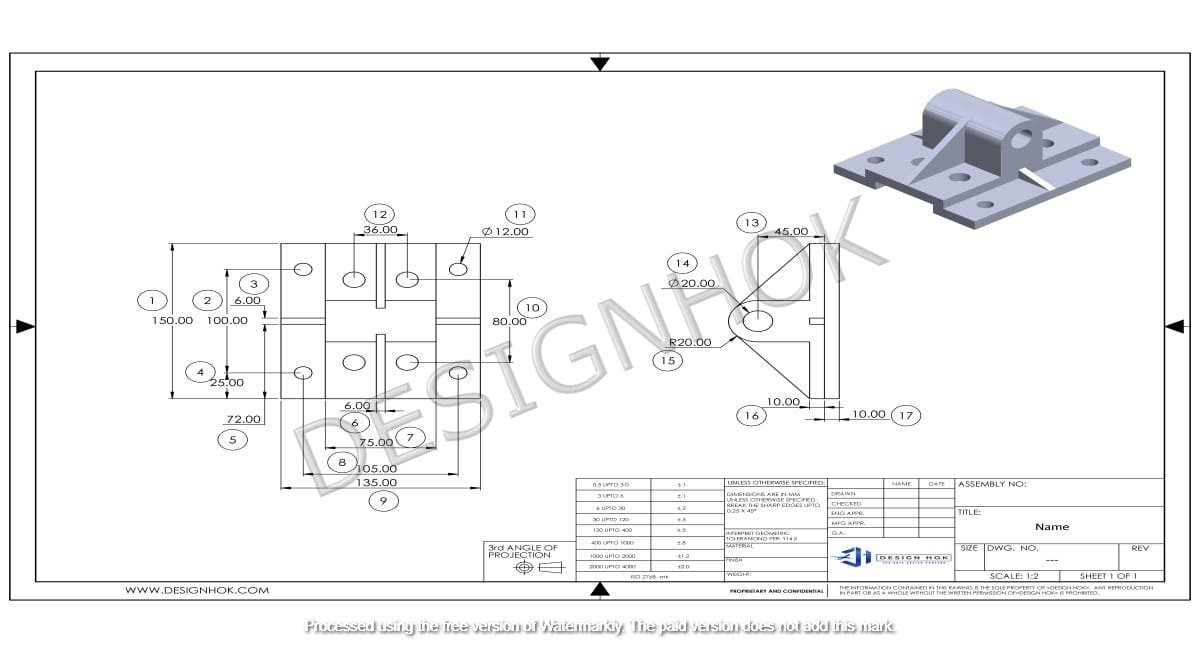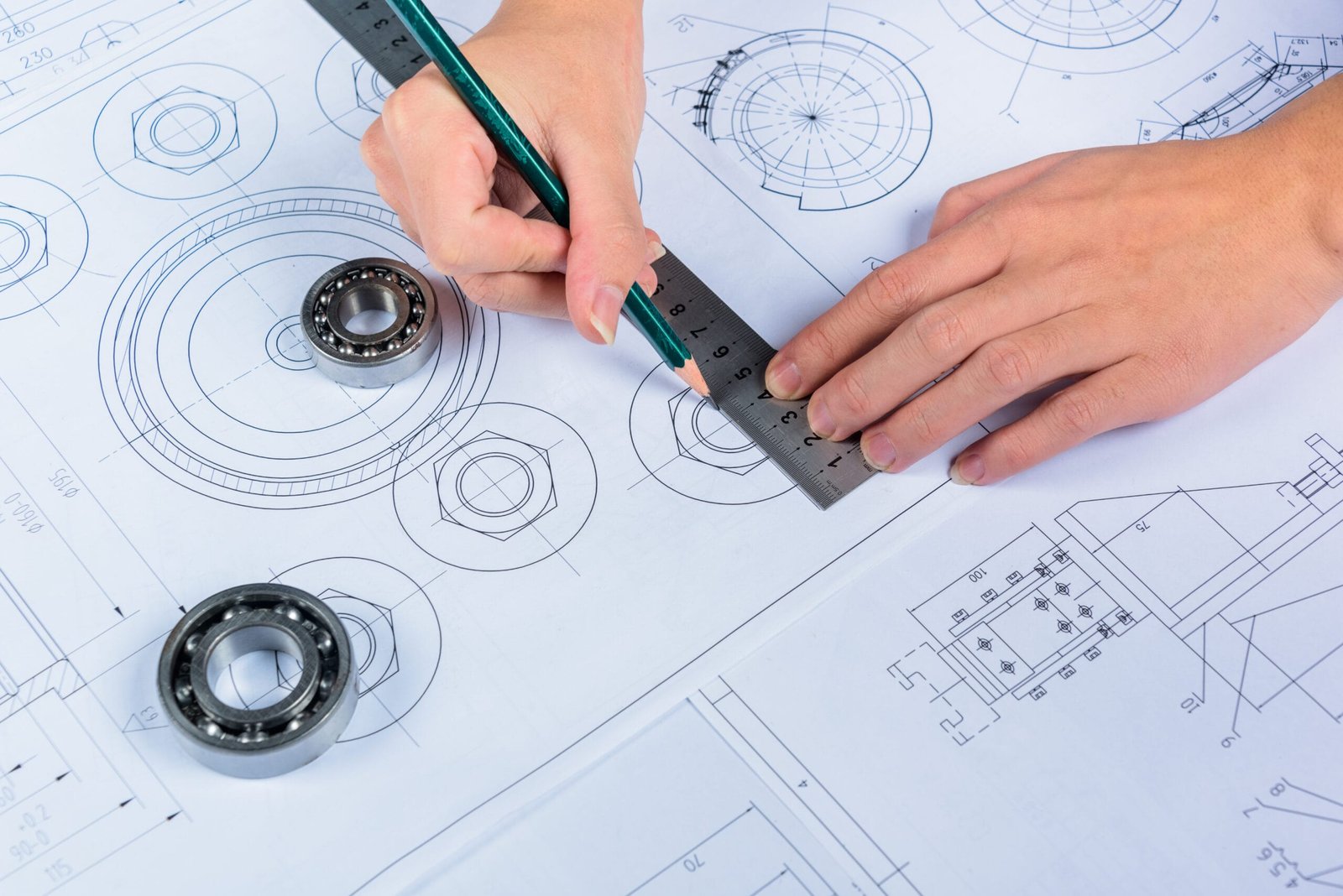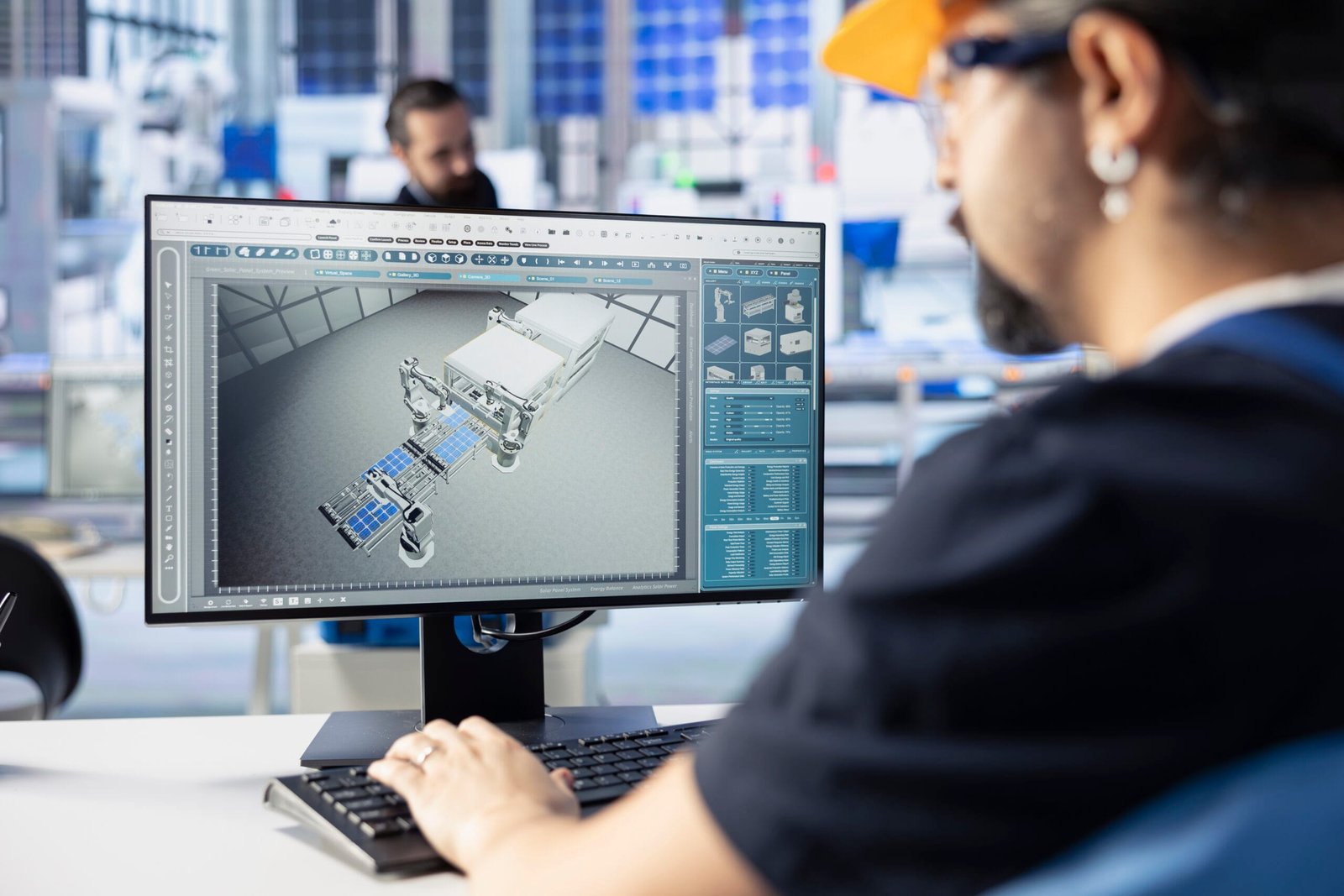Description
Realistic 3D Rendering Tips for DesignHok is a crucial aspect of architectural and mechanical design, allowing designers to bring concepts to life with stunning visuals. Realistic 3D rendering helps in better visualization, decision-making, and presentation. For DesignHok, achieving high-quality, Realistic 3D Rendering Tips for DesignHok is essential to delivering exceptional design projects. In this blog, we will discuss some essential tips and techniques to enhance Realistic 3D Rendering Tips for DesignHok quality.
1. Use High-Quality Models and Textures
One of the key factors that contribute to realism in Realistic 3D Rendering Tips for DesignHok is the quality of models and textures used. Low-polygon models and blurry textures can make renders look artificial. Instead, use high-polygon models with well-defined edges and high-resolution textures that replicate real-world surfaces.
- Use PBR (Physically Based Rendering) textures to create Realistic 3D Rendering Tips for DesignHok material properties like metal, wood, and glass.
- Avoid using generic textures; instead, use high-resolution images that reflect natural imperfections.
- Pay attention to details like scratches, reflections, and surface irregularities to enhance realism.
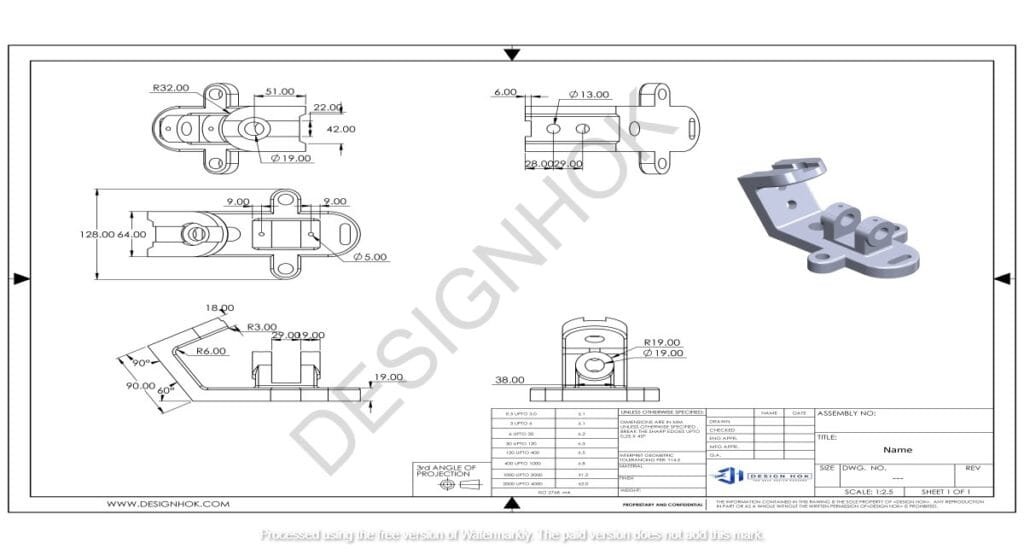
2. Proper Lighting Techniques
Lighting plays a crucial role in making Realistic 3D Rendering Tips for DesignHok look realistic. Incorrect lighting can make a scene look flat and unnatural. To achieve realistic lighting, consider the following:
- Use HDRI Maps: High Dynamic Range Imaging (HDRI) provides realistic lighting and reflections based on real-world environments.
- Balance Ambient and Directional Lights: A combination of soft ambient light and directional light (like sunlight) creates a natural look.
- Global Illumination (GI): Enable global illumination to simulate how light bounces off surfaces, adding depth and realism.
- Realistic Shadows: Soft shadows and occlusion effects make objects feel grounded in the scene. Avoid overly sharp or harsh shadows.
3. Focus on Material Properties
Material settings play a vital role in making Realistic 3D Rendering Tips for DesignHok appear realistic. Different materials interact with light in unique ways, so it’s essential to adjust their properties carefully.
- Use Reflection and Refraction Correctly: Glass, water, and metallic surfaces should have realistic reflection and refraction properties.
- Subsurface Scattering (SSS): For materials like skin, wax, and marble, use subsurface scattering to allow light to pass through the surface naturally.
- Bump, Normal, and Displacement Maps: These maps add depth and texture without increasing the polygon count.
4. Adjust Camera Settings for Realism
Just like in photography, camera settings in Realistic 3D Rendering Tips for DesignHok play a crucial role in achieving realistic results. Consider using:
- Depth of Field (DOF): This effect blurs objects that are out of focus, mimicking real camera lenses.
- Proper Field of View (FOV): Use realistic FOV settings to prevent distortion. A range of 35-50mm is generally ideal for architectural renders.
- Motion Blur: When rendering scenes with movement, motion blur can add a sense of realism.
- Correct Perspective: Ensure that vertical lines remain parallel to avoid unnatural distortions.
5. Use Post-Processing for Final Touches
Even after rendering, post-processing can significantly enhance the final output. Software like Photoshop, After Effects, or Blender’s compositor can help with:
- Color Correction: Adjust brightness, contrast, and saturation to match real-world lighting.
- Adding Lens Effects: Effects like glare, bloom, and chromatic aberration can add realism.
- Noise Reduction: If the render has noise, use denoising techniques to clean it up.
- Adding Depth and Atmosphere: Mist, fog, and light flares can enhance the environment.
6. Optimize Render Settings for High Quality
Rendering settings can impact both the realism and the time required for rendering. Here are some best practices:
- Use High Sampling Rates: Higher samples reduce noise and improve image quality.
- Enable Ray Tracing: Ray tracing allows for accurate lighting, shadows, and reflections.
- Adjust Anti-Aliasing: This removes jagged edges and smoothens the render.
- Use Denoisers: Many rendering engines, like V-Ray and Blender Cycles, have built-in denoisers that can enhance quality.
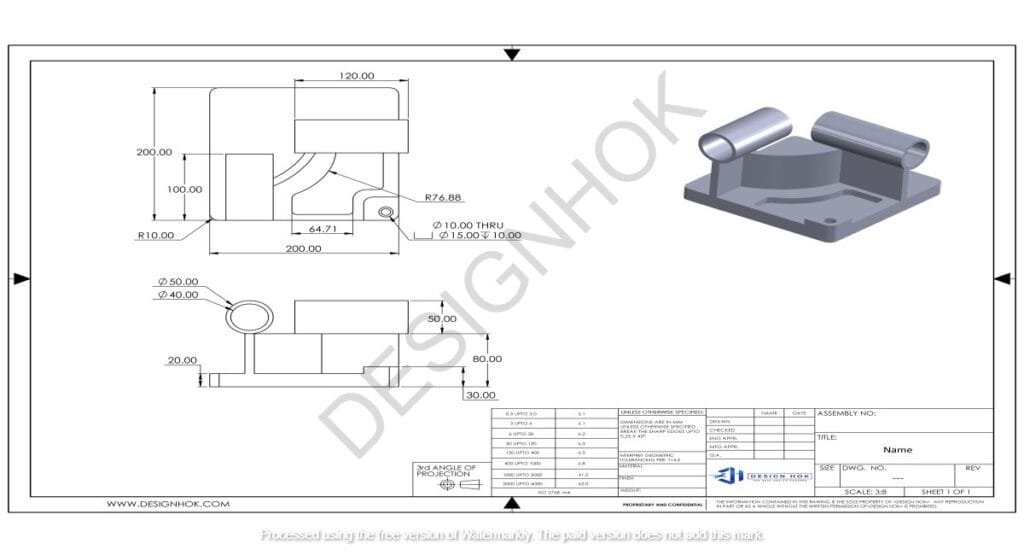
7. Create Realistic Environments
A 3D model will look more Realistic 3D Rendering Tips for DesignHok when placed in a natural environment. Consider the following:
- Backgrounds and Skyboxes: Use high-resolution HDRI backgrounds instead of flat colors.
- Real-World Scale: Ensure that all objects are modeled in real-world proportions.
- Contextual Elements: Add realistic surroundings such as furniture, plants, and urban settings.
- Human Touch: Adding small imperfections like scratches, dirt, and wear makes renders feel more natural.
8. Use the Right Rendering Software
Choosing the right Realistic 3D Rendering Tips for DesignHok engine is essential for achieving high-quality results. Some popular rendering engines for realistic 3D visualization include:
- V-Ray: Excellent for realistic architectural and product rendering.
- Blender Cycles: A powerful, free rendering engine with ray tracing capabilities.
- Unreal Engine: Best for real-time rendering and interactive visualization.
- KeyShot: Ideal for quick, high-quality product visualization.
Each rendering engine has its strengths, so choose the one that fits your project requirements.
Conclusion
Achieving Realistic 3D Rendering Tips for DesignHok requires a combination of high-quality models, accurate lighting, detailed material properties, and proper post-processing techniques. By following these tips, DesignHok can enhance its 3D rendering projects and create visually stunning results. Whether it’s for architectural visualization, mechanical designs, or product modeling, implementing these best practices will elevate the overall quality and realism of renders.
FAQ
1. What is the best software for realistic 3D rendering?
Some of the best software for realistic 3D rendering includes V-Ray, Blender Cycles, Unreal Engine, KeyShot, and Lumion. The choice depends on the project type and requirements.
2. How can I make my 3D renders look more realistic?
To make 3D renders look more realistic, use high-quality models and textures, proper lighting techniques, accurate material properties, and post-processing effects like color correction and depth of field.
3. What is the importance of HDRI in 3D rendering?
HDRI (High Dynamic Range Imaging) is crucial for realistic lighting and reflections. It provides natural-looking environments and enhances the overall realism of 3D scenes.
4. How can I reduce noise in my renders?
To reduce noise in renders, increase the sampling rate, use denoising tools, enable ray tracing, and optimize light settings. Many rendering engines also offer built-in denoising filters.
5. What role does post-processing play in 3D rendering?
Post-processing enhances the final render by adjusting colors, adding effects like bloom and glare, and correcting lighting and shadows. It helps create a more polished and realistic look.

